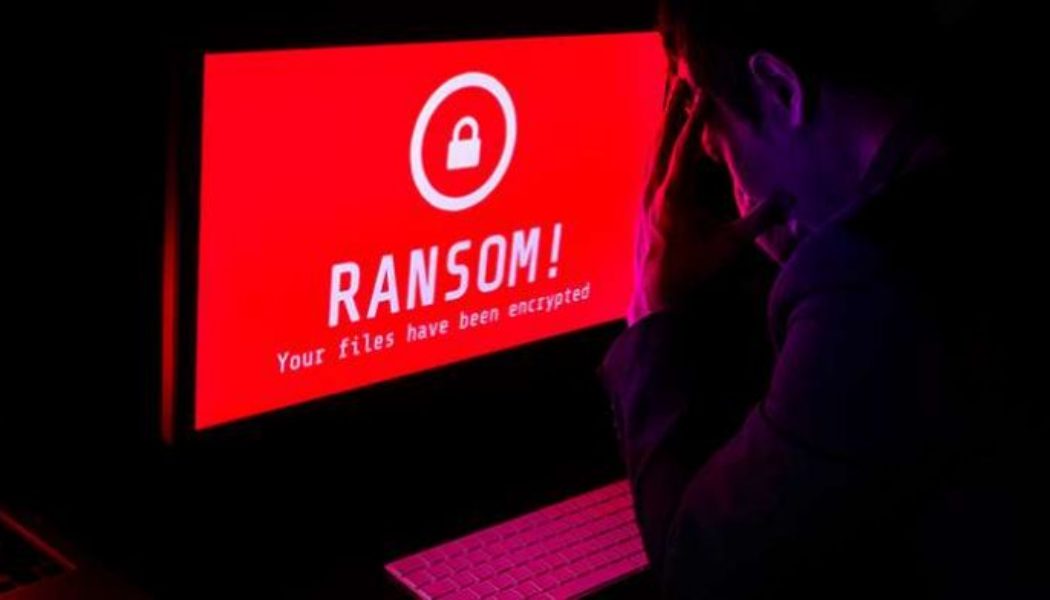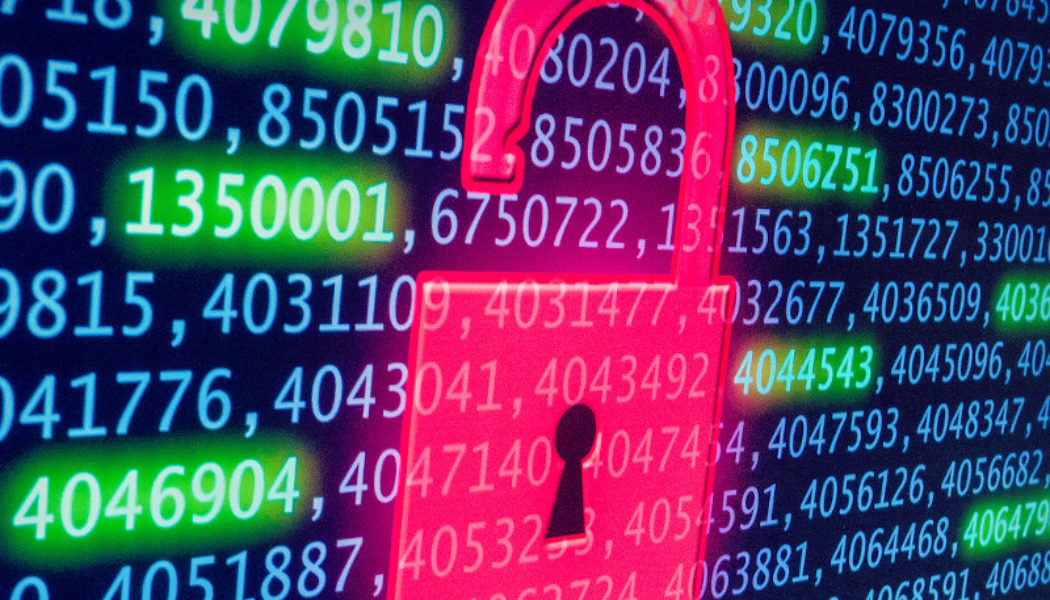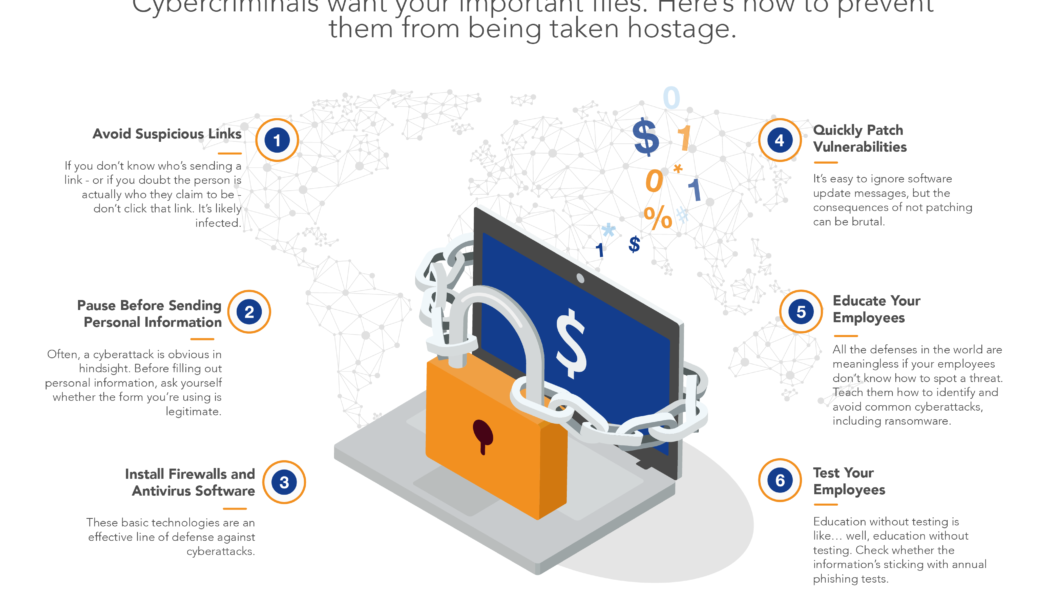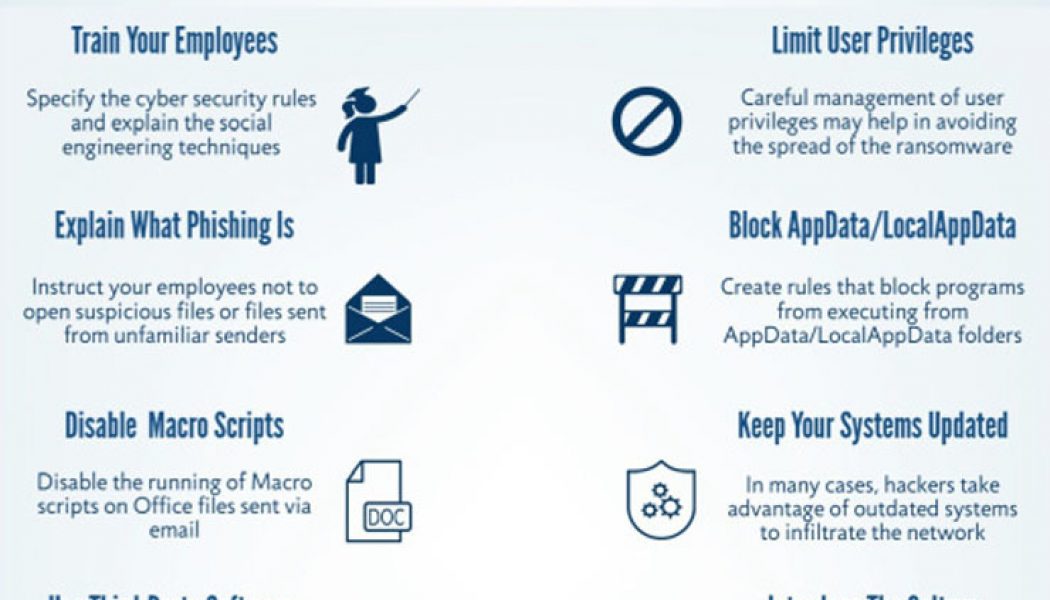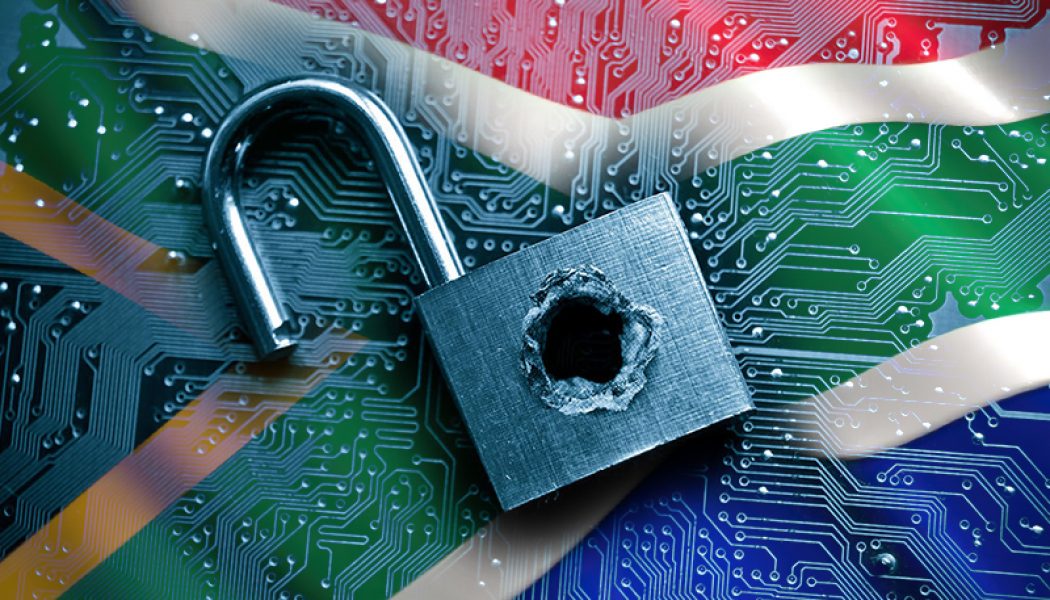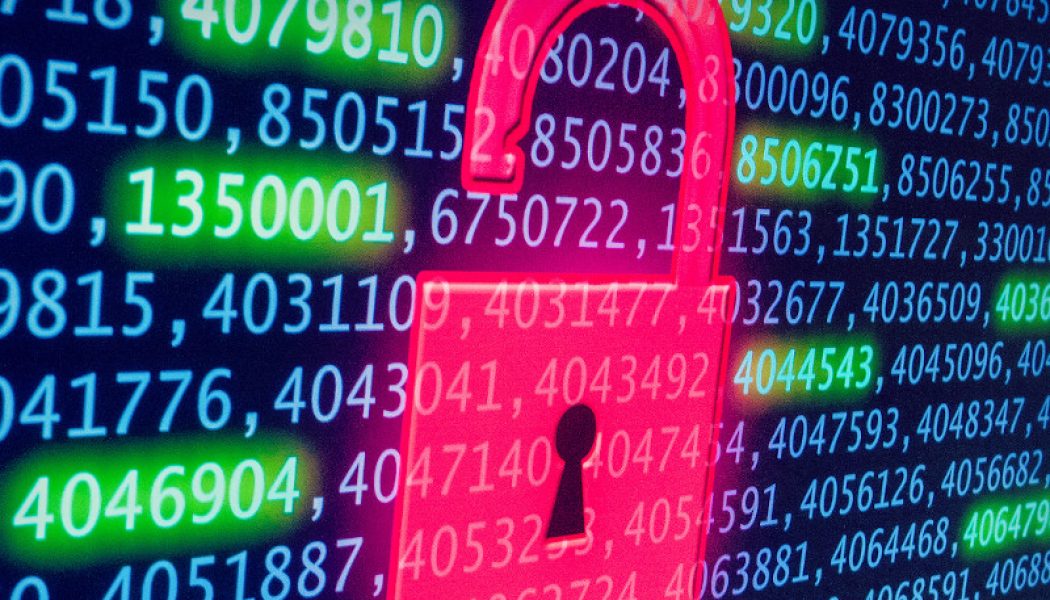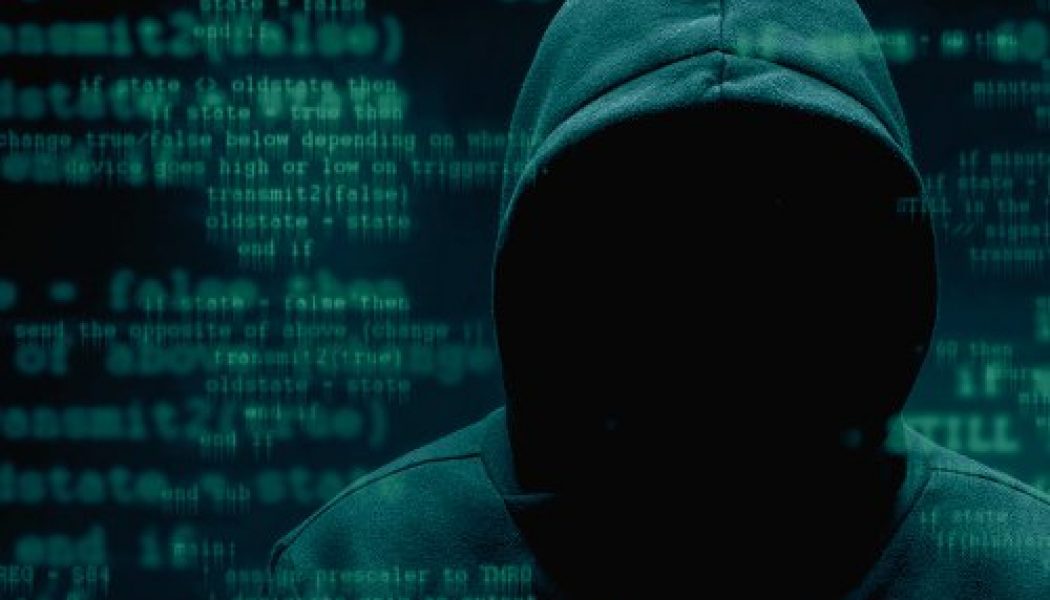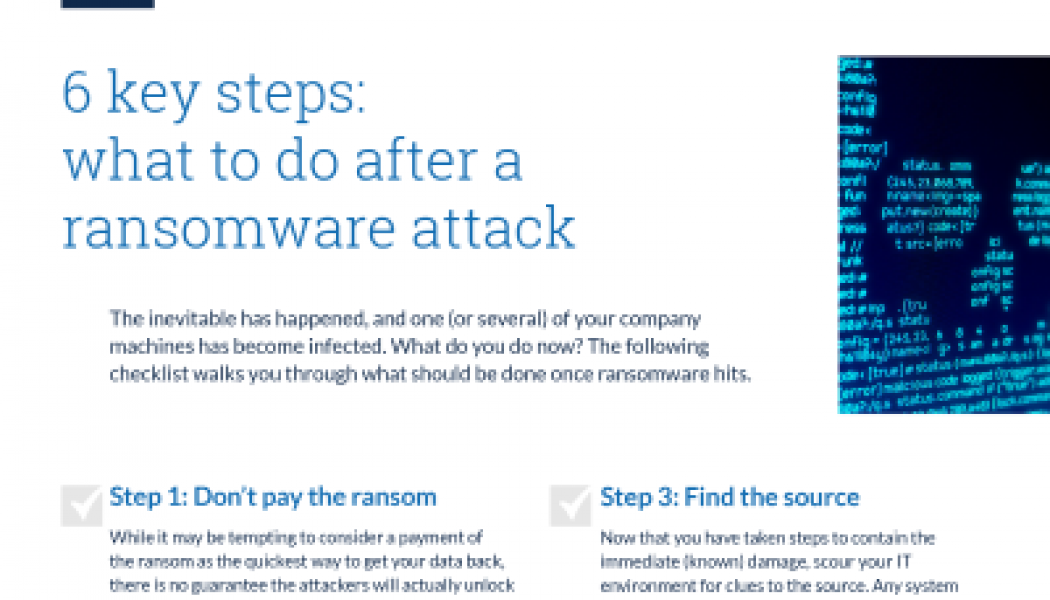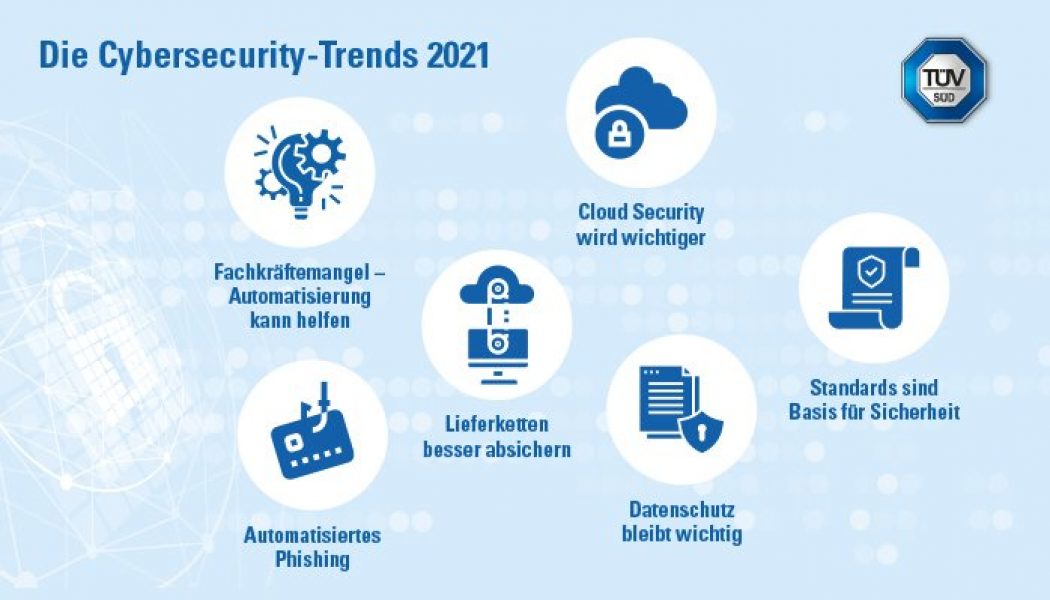Ransomware
Why Immutable Architecture is Key to Protecting Backup Data
Ransomware and other malware are a constant threat, and data backup is critical to safeguard a business’ most important asset. However, cybercriminals are increasingly targeting and encrypting backup data copies as well, a strategy that leaves organisations unable to recover unless they pay the ransom. Keeping an immutable copy of backup data is a best practice for data protection and is the solution in the event of a successful two-pronged ransomware attack. What is an immutable architecture? For data to be immutable means that it is unable to be changed over a period of time. With an immutable architecture, when retention policies are set for data backup and recovery, data will be secured, locked and unchangeable for that retention period. This in turn means that it cannot be encrypted b...
Ireland’s health service IT systems shut down by ransomware attack
Ireland’s health service said it was under a ransomware attack on Friday that forced it to shut down its computer systems. A ransomware attack locks users out of their computer systems until they pay a fee to the intruder. There were few details, but the attack was described as significant by Ireland’s Health Service Executive. Motorists line up for fuel at one of the few remaining gas stations that still has fuel in Arlington, Virgina, on May 13, 2021. AFPBiden says oil pipeline back in operation after cyber attack It said it was shutting down all its IT systems to protect them from the attack while it consulted security partners. Covid-19 vaccinations would still go ahead as planned, the agency said. “We apologise for inconvenience caused to patients and to the public and will give furth...
Here’s How Much it Costs to Recover from a Ransomware Attack in 2021
Sourced from International IDEA The cost of an average ransomware attack has more than doubled in a year, increasing from $761,106 in 2020 to $1.85 million in 2021. According to “The State of Ransomware 2021” report from Sophos, the average ransom paid is $170,404. While the number of organizations that experienced a ransomware attack fell from 51% of respondents surveyed in 2020 to 37% in 2021, and fewer organizations suffered data encryption as the result of a significant attack (54% in 2021 compared to 73% in 2020), the new survey results reveal worrying upward trends, particularly in terms of the impact of a ransomware attack. “The apparent decline in the number of organizations being hit by ransomware is good news, but it is tempered by the fact that this is likely to reflect, at...
South Africa Ranked as 3rd Most Targeted Country by Ransomware
Over the last few years, the number of users encountering targeted ransomware – malware used to extort money from high-profile targets, such as corporations, government agencies, and municipal organisations – increased by 767%. This increase in targeted ransomware occurred alongside a 29% decrease in the overall number of users affected by any kind of ransomware, with WannaCry still the most frequently encountered family. These are among the most important findings in Kaspersky’s recent report on the ransomware landscape from 2019-2020. The ransomware threat – when attackers encrypt private information and hold it to ransom – became mainstream news in the 2010s following large-scale outbreaks, such as WannaCry and Cryptolocker. They targeted tens of thousands of users and often requested r...
Are You Prepared to Prevent Data Loss?
Losing valuable data is one of the worst things that can happen to anyone – digitally, at least. Imagine losing critical data that you need to deliver a time-sensitive project with a deadline looming, like a school assignment – or documents needed when you’re applying for a grant, or even a freelance job you’ve taken on. The team at ESET, global leaders in cybersecurity, dissect the various aspects of not having a backup when experiencing data loss, and what to do in case that happens to you. What are the impacts of data loss? The impact of data loss may vary depending on what kind of data is lost, and when during your process it happens. And of course, the amount of time spent trying to recover it or trying to recreate it. Had you regularly backed up all the important data during yo...


